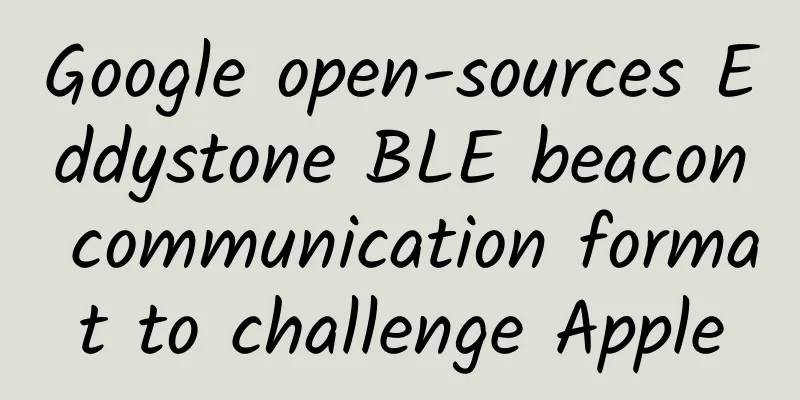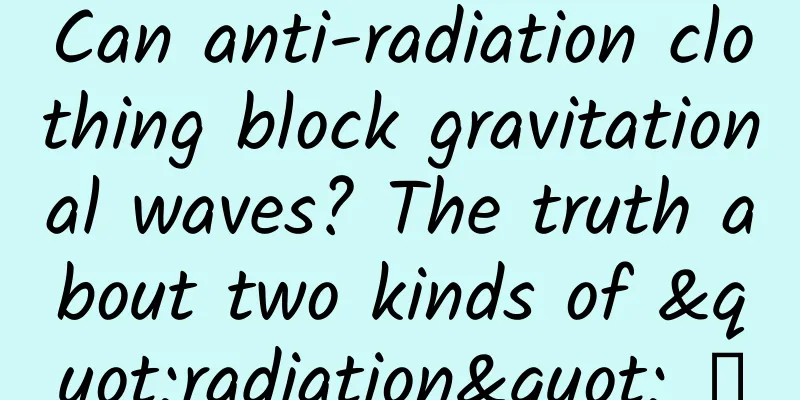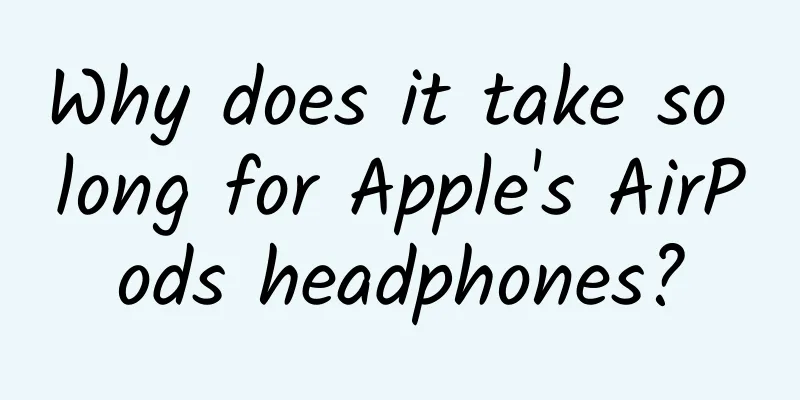Google open-sources Eddystone BLE beacon communication format to challenge Apple

|
Google today open-sourced a low-power Bluetooth Low Energy (BLE) beacon communication format called Eddystone, which is mainly used to help developers use Beacons hardware and provide location-based smartphone communication transmission. Eddystone can be easily used on iOS, Android and other operating systems. Eddystone mainly does two things: one is to tell mobile devices where they are and what is around them, and the other is to use online data to connect to the actual location. Eddystone has two new APIs: Nearby API and Proximity Beacon API, which help developers focus on data transmission to devices within the range of selected Beacons. Nearby API is available for Android and iOS: it allows applications to discover nearby "Beacons" hardware and confirm the current context, such as a nearby bus stop or a store you passed by. The Proximity Beacon API connects the semantic location (actual location) and related data stored in the cloud. Google said its existing location API (Places API) will gradually integrate with the Proximity Beacon API. Beacons are low-power hardware that use Bluetooth to transmit data. Because the range of Bluetooth connections is smaller than that of public Wi-Fi and cannot work like GPS, retailers, developers, and corporate companies mainly use it to accurately locate users and send relevant information based on their location. Google hopes that developers can use Eddystone to develop applications that are more in line with specific scenarios. For example, when a user is at a local bus station, the user's mobile phone can provide bus times, or when the user arrives at a performance venue, the mobile phone can display the barcode of the performance ticket. It's like when you walk into a restaurant, you can receive a menu on your mobile phone. Users can view the menu and browse pictures to find more detailed information without having to anxiously look for a waiter.
There is no doubt that Google hopes to compete with Apple's iBeacon technology through Eddystone. However, Google said that the format of Eddystone has nothing to do with what platform the developer uses. It can be well adapted to Android and iOS developer APIs, supports most existing BLE devices, has a flexible architecture to support the development of new framework types, and is fully compatible with the Bluetooth Core Specification. Currently, Google does not plan to charge for Eddystone, and its current third-party suppliers include Estimote, Bluvision and Kontakt. |
<<: 10 Best JavaScript Development Practices You Need to Know
>>: An article to understand the product logic and strategic layout behind the Alipay 9.0 revision
Recommend
What time is it today? What month and day is Jingzhe? Here are some beautiful sentences to welcome the spring during the Jingzhe solar term!
What time is Jingzhe today? What month and day is...
One article to understand the bidding mechanism of advertising promotion!
On a media platform, there will be tens of thousa...
Everyone says Yahoo is in decline, but why are the giants scrambling to acquire it?
There have been many reports recently that Yahoo ...
Let’s talk about the implementation of 5G VoNR+ services in the IoT communication field
1. Overview Traditional real-time audio and video...
Learn how to use the AARRR model to achieve user growth in one article
" User growth is essentially a precise, low-...
Your Android app doesn’t need that many permissions
Android system permissions can be a bit confusing...
The landing page conversion rate is low, and 90% of the traffic is wasted?
How do you design your landing pages? In bidding,...
Buried for thousands of years! The "auspicious beast" that has long disappeared from China was actually created by Li Bing?
In October 2010, the northeast corner of Tianfu S...
Why are the red, green and funds on the health code reversed?
Recently, everyone must be paying close attention...
How to design a marketing strategy effectively?
With the rapid development of the Internet, many ...
Advancing towards the center of the earth: Is it necessary to go deep into the ground ten thousand meters deep?
Produced by: Science Popularization China Author:...
Equity crowdfunding is going to die? Anyone who believes it is a fool
As soon as the Equity Crowdfunding Financing Mana...
Good news for PC users: WeChat Windows version updated: can synchronize mobile phone floating window
On November 12, WeChat Windows version was update...
How to plan a marketing campaign?
Why do businesses conduct marketing activities ? ...
If you want to do a good job in brand marketing, first understand these 50 concepts
How important is it to understand the concept? Lu...
![[Good article] Two or three points in the planning and operation process of the points mall!](/upload/images/67cc3e12dde6c.webp)








